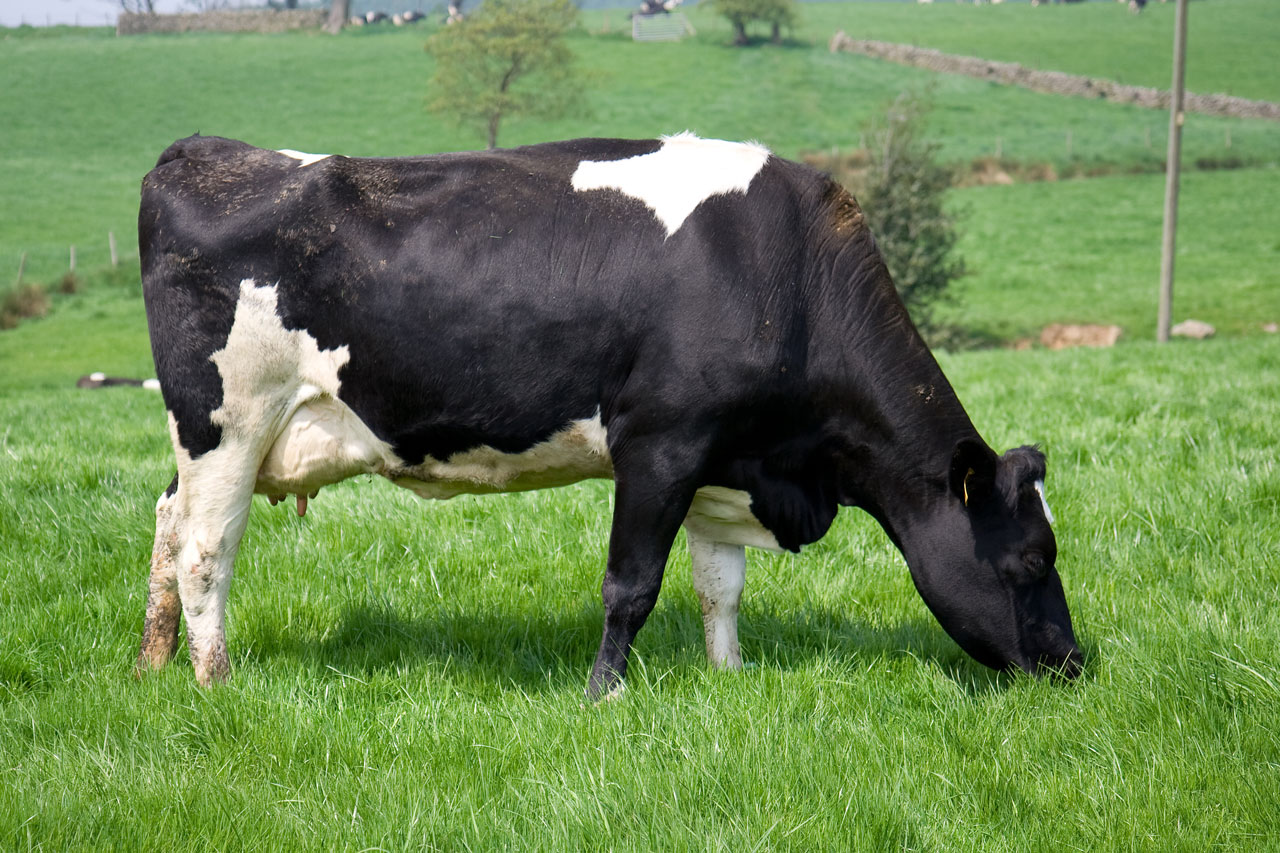
Monday, October 7, 2019 - They were the poster animals for the gene-editing revolution,  appearing in story after story. By adding just a few letters of DNA to the genomes of dairy cattle, a US startup company had devised a way to make sure the animals never grew troublesome horns.
appearing in story after story. By adding just a few letters of DNA to the genomes of dairy cattle, a US startup company had devised a way to make sure the animals never grew troublesome horns.
To Recombinetics—the St. Paul, Minnesota gene-editing company that made the hornless cattle—the animals were messengers of a new era of better, faster, molecular farming.
Except it wasn’t. FDA scientists who had a closer look at the genome sequence of one of the edited animals have discovered its genome contains a stretch of bacterial DNA including a gene conferring antibiotic resistance.
The “unintended” addition of DNA from a different species occurred during the gene-editing process itself, the government says. It went undetected by the company even as it touted the animals as 100% bovine and assailed the FDA for saying the animals needed to be regulated at all.
The blunder is a setback for Recombinetics, whose pioneering prototypes of gene-edited animals include heat-resistant cattle as well as pigs that never hit puberty. It’s also a strike against efforts to make such gene editing a routine practice in animal reproduction.
But gene editing isn’t yet as predictable or reliable as promoters say. Instead, the procedure, meant to make pinpoint changes to DNA, can introduce significant unexpected changes without anyone noticing. “As genome-editing technology evolves, so does our understanding of the unintended alterations it produces,” wrote the FDA scientists —gene-editing errors “are under reported” and a “blind spot” for scientists.
The risk of haphazard engineering isn’t just to barnyard animals. Genome-editing treatments to cure rare diseases are being tested on people and it is possible that patients will end up with unplanned genetic mutations. Unintended consequences are a particular concern in connection with attempts to modify human children before birth with gene editing—as occurred for the first time in China last year.
The hornless cattle, born in 2015, soon became gene-editing celebrities. One of the bulls lived long enough to sire about 17 offspring, which are split between facilities at the University of California, Davis, and a farm in Australia.
“We know exactly where the gene should go, and we put it in its exact location,” Recombinetics executives told Bloomberg in 2017. “We have all the scientific data that proves that there are no off-target effects.”
A request to allow human consumption of some of the surplus gene-edited animals was denied when the FDA discovered the animals contained bacterial genes and were GMOs, by any definition.
It’s not clear if the bacterial DNA poses a larger risk. It’s unlikely to affect the cow or a person who eats it; instead, the concern is that the antibiotic resistance gene could be taken up by any of the billions of bacteria present in a cow’s gut or body. John Heritage, a retired microbiologist from Leeds University, says he doesn’t see a large chance of the gene jumping further but says its presence in a cow could create unpredictable opportunities for it to spread.
The discovery that some of the hornless animals have unwanted DNA from another species has sealed their fate. No one is going to win regulatory approval for them now.
Learn More at this Link